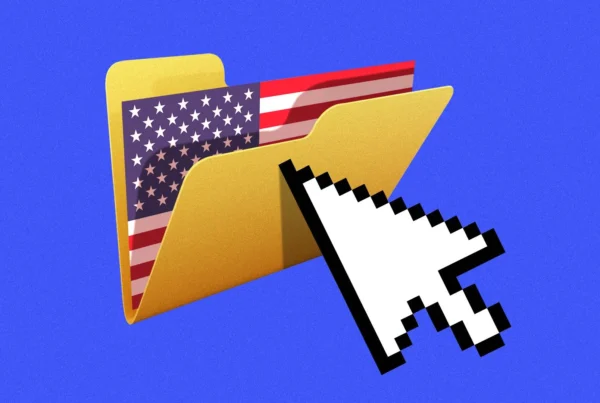By William Labasi-Sammartino
In this month’s highly anticipated Fed decision, it is widely expected that the Federal funds rate will be raised. At time of writing, futures markets point to a near certain increase and a similar consensus is emerging from financial media outlets. Even though it may seem that the Fed leaves us absolutely clueless of their next move, we can actually estimate the appropriate nominal interest rate by trying out different rules which have historically predicted Fed behaviour. The Taylor rule is the most important.
The Taylor rule
In a famous 1993 paper(1), Stanford economist John B. Taylor estimates the Fed’s behaviour from the Volcker Disinflation to the the beginning of the 90s.
ff= 1.5π + 0.5yt + 1
π is the inflation rate, ff is the Fed Funds rates, and y is the output gap. It’s important to recognize that the nominal interest rate increases faster than inflation. Modified Taylor rules have replaced the coefficient on the output gap for 1 and have found to be more accurate. In any case, Taylor’s rule works well in explaining Fed policy until the early 2000s:

Under this rule, interest rates behave as expected: If inflation is on target at 2% and the output gap is 0, we should see interest rates at 4%. A caveat that should be highlighted — especially in light of our recent discussion on the level of the natural level of interest — is that Taylor’s original equation assumes a constant 2% interest rate that is consistent with full employment. A more detailed rule gives us room to change some of these assumptions:
fft=rt* + πt + 0.5(πt-πT)+0.5yt
where πT is the inflation target and rt* is the interest rate consistent with full employment. Without redrawing the curve, we can still see that the regular estimates are too high since rt*has recently been at much lower levels (around 0). The Taylor rule nevertheless gives us an idea of where monetary policy should be heading. Given the uptick in inflation and unemployment being at its natural rate, the current Fed funds rate is too low.
How monetary policy can offset swings in aggregate demand
We have inadvertently outlined a mechanism detailing how the Taylor rule could be used by the Fed to offset fiscal policy. If the US government ramps up fiscal policy, the Fed would be forced to react by raising interest rates so inflation doesn’t get out of control. This is one of the reasons why spending increases from a Trump presidency would therefore have limited stimulative effect on the demand-side of the economy. But this could also work in reverse: how does the Taylor rule work in a severe recession? As seen in the graph, the Fed should lower rates. If deflation and the output gap become problematic, the Taylor rule might actually dictate a negative rate which is obviously impossible to achieve under current arrangements. The point is that in normal circumstances, the Fed could offset any changes in aggregate demand — negative or positive. As previously mentioned, this exercise becomes a bit trickier when rates are at zero and they should be lower (when the economy is in a liquidity trap).
Even if there is more to a central bank’s reaction function than a simple interest rate rule, this is a good start. In a recent blog post, the Fed’s last chairman, Ben Bernanke, shares his views on the Taylor rule. (2)
References
(1) Taylor, John B. “Discretion versus Policy Rules in Practice.” Carnegie-Rochester Conference Series on Public Policy 39 (1993): 195-214. Web.
(2) The blog post can be found at this link: https://www.brookings.edu/blog/ben-bernanke/2015/04/28/the-taylor-rule-a-benchmark-for-monetary-policy/
Other posts that may interest you:
- The Trouble with ‘Ecocide’
- Carbon dioxide removal – hit or miss?
- Local Victories for Turkish Opposition — A Sign of Hope?
- Are France and Japan a Mismatch Made in Heaven?
- A Reflection on Dark Tourism
Discover more from The Sundial Press
Subscribe to get the latest posts sent to your email.



